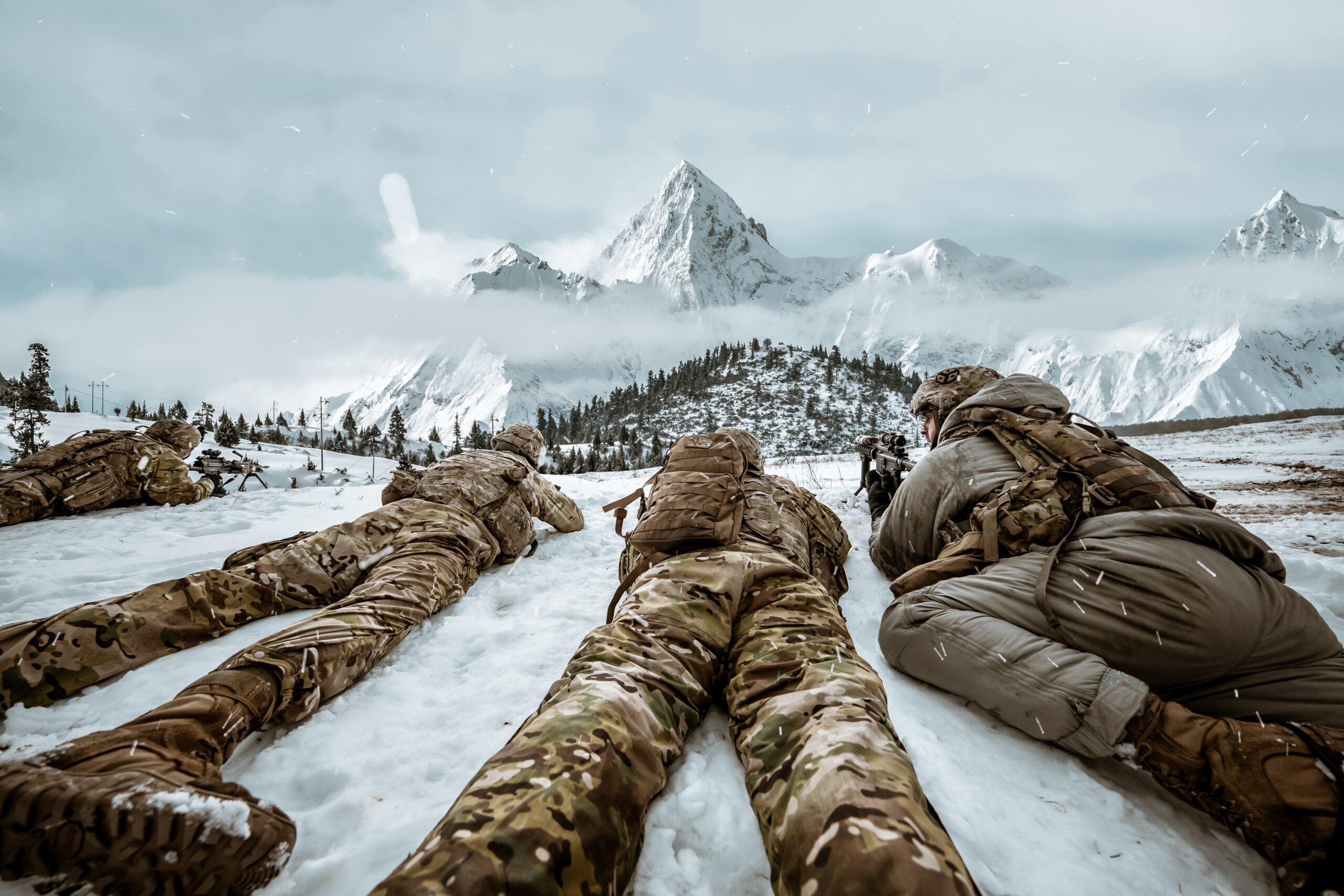The Cost of Protection: Evaluating the Investment in Ballistic Shields
In professions where safety is not just a priority but a constant concern, the search for reliable protection is an ongoing mission. Law enforcement and military operations are prime examples of environments where the next few seconds can mean the difference between life and death. The investment in protective gear, particularly in items like Ballistic Shields, is more than a fiscal consideration; it’s a strategic calculation of life-saving potential. This blog post is designed to assist law enforcement and military personnel in understanding the cost benefits of ballistic shields, exploring the various factors to consider when making such investments, and presenting real-world case studies that highlight the shields’ efficacy.
Understanding Ballistic Shields
Ballistic shields are specialized pieces of equipment designed to protect the user from projectiles ranging from handguns to rifle fire. These shields come in various forms, including handheld, wheeled, and even those that can double as briefcases or backpacks for undercover operations.
The level of ballistic protection depends on the shield’s materials and can be categorized based on The National Institute of Justice (NIJ) standards. These standards provide a system of ratings that classify protective gear’s resistance to ballistic or stabbing threats.
The advantages of using a ballistic shield are clear— they can be the difference in safely navigating a hostile environment. However, the cost upfront can seem significant. This is where an evaluation of the ROI of such an investment becomes critical.
Cost Analysis
When evaluating the investment in ballistic shields, it’s essential to approach the cost from a layered perspective. The initial capital outlay for a shield is a tangible figure, but the potential savings and cost avoidance it offers are where the true value is uncovered.
Initial Investment
The upfront cost of a ballistic shield can range from hundreds to thousands of dollars, depending on its level of protection and customizability. This cost is often the first number decision-makers focus on. However, assessing the broader economy that the shield functions within is crucial.
Potential Savings
Balancing the initial investment against the potential reduction in the long-term cost of injuries or fatalities is a hidden benefit. Fewer injuries mean lower medical expenses, reduced insurance premiums, and cost savings on the recruitment and training of new personnel.
Comparative Analysis
Comparing the cost of ballistic shields to other protective gear can also provide clarity on their value. Consider the procurement of body armor, helmets, or even weapons. How does the cost and utility of a shield measure up to these essential tools?
Factors Influencing Investment Decisions
Several factors should influence your decision when considering investment in ballistic shields:
- Durability
The shield’s lifespan is a significant factor in its cost-effectiveness. Shields that can withstand repeated use in harsh environments offer better value over time.
- Weight
The weight of a shield can have an impact on both usability and long-term health. The burden a shield places on operators must be weighed against the level of threat anticipated.
- Ease of Deployment
In high-stress situations, the last thing needed is equipment that is difficult to use. Shields that can be swiftly deployed can be the difference in critical moments.
- Maintenance Costs
Like any tool, ballistic shields require maintenance to prolong their use. Understanding the ongoing costs of keeping the shields in optimal condition is essential for budgeting and planning purposes.
The decision to invest in ballistic shields is a multifaceted one, with factors beyond the financial. This protective equipment stands on the front lines of operational safety, and its utility is clear. The cost may be justifiable when weighed against the potential for reducing injuries, operational downtime, and even lives lost. The investment in the safety of law enforcement and military personnel through tools like ballistic shields underscores a commitment to both individuals and the mission at large.
In a world where threats are dynamic and the stakes high, the reassurance of a ballistic shield can be immeasurable. Understanding its cost benefits enables organizations to make informed decisions that not only protect their personnel but also serve the mission with the utmost efficiency and safety in mind.
By illuminating the strategic and financial value of ballistic shields, organizations can chart a course that balances safety and fiscal responsibility effectively, ensuring the shield becomes more than just another piece of equipment, but rather an extension of the very fabric that protects and serves.
For more great articles, click here.
